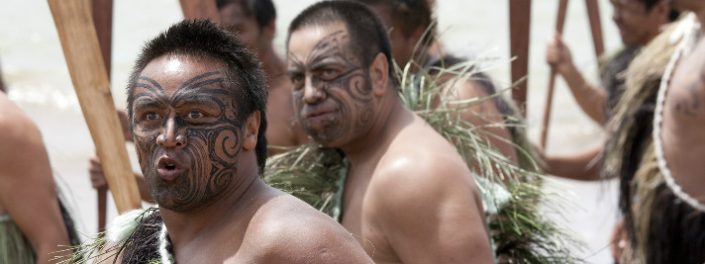Sporting rituals and superstitions are as old as time itself. Very often athletes’ themselves don’t quite understand how they attain the frequently quirky habits which they adhere to before a performance or even why these rituals seem to be effective for them. Some athletes will adopt a habitual behavior or wear a specific piece of clothing to avoid bad luck and others will follow the same pattern in a belief that they will have improved performance. Whether the aim is to avoid the wrath of the Gods or to ensure they perform to their best ability it has gravitas in the minds of many players.
Sporting rituals are followed religiously across many sporting disciplines from fighters to team players. Muay Thai fighters, for example, will pay respect to their mentors, teachers and family and invite victory for themselves in the ring by performing the Wai Kru dance before a fight. The Haka, best known perhaps in Western culture because the All Blacks is a war cry dance traditionally performed by the Māori people of New Zealand. Superstitions abound too. In an article for Business Insider Magazine Corey Nachman listed 30 superstitions of well known sports stars. On the list he featured Michael Jordan’s commitment to wearing his powder blue North Carolina shorts under his Chicago Bull shorts while he led the team to win six NBA championships during his career.
The rituals and superstitions have validity. The athletes belief system is a very powerful tool at their disposal. Any association with an object, habit or ritual which they believe will assist their performance can help, simply because they believe that it will. Henry Ford is frequently quoted as saying ‘Whether you believe you can or you believe you can’t you are correct.’ Superstitions have the ability to focus the mind and our belief systems can and do greatly influence our thoughts and behaviors. Dance rituals can carry even more power. The Haka has all the hallmarks of a trance inducing ceremony including the stamping of feet and the intensity of the movements. It’s complex composition has been used to express the passion and energy and identity of the indigenous Polynesian people of New Zealand. The power of association is immense. The ability to create a short cut to positive belief systems, to associate with feelings of pride and induce an energy of belonging cannot be underestimated.

